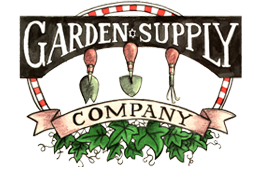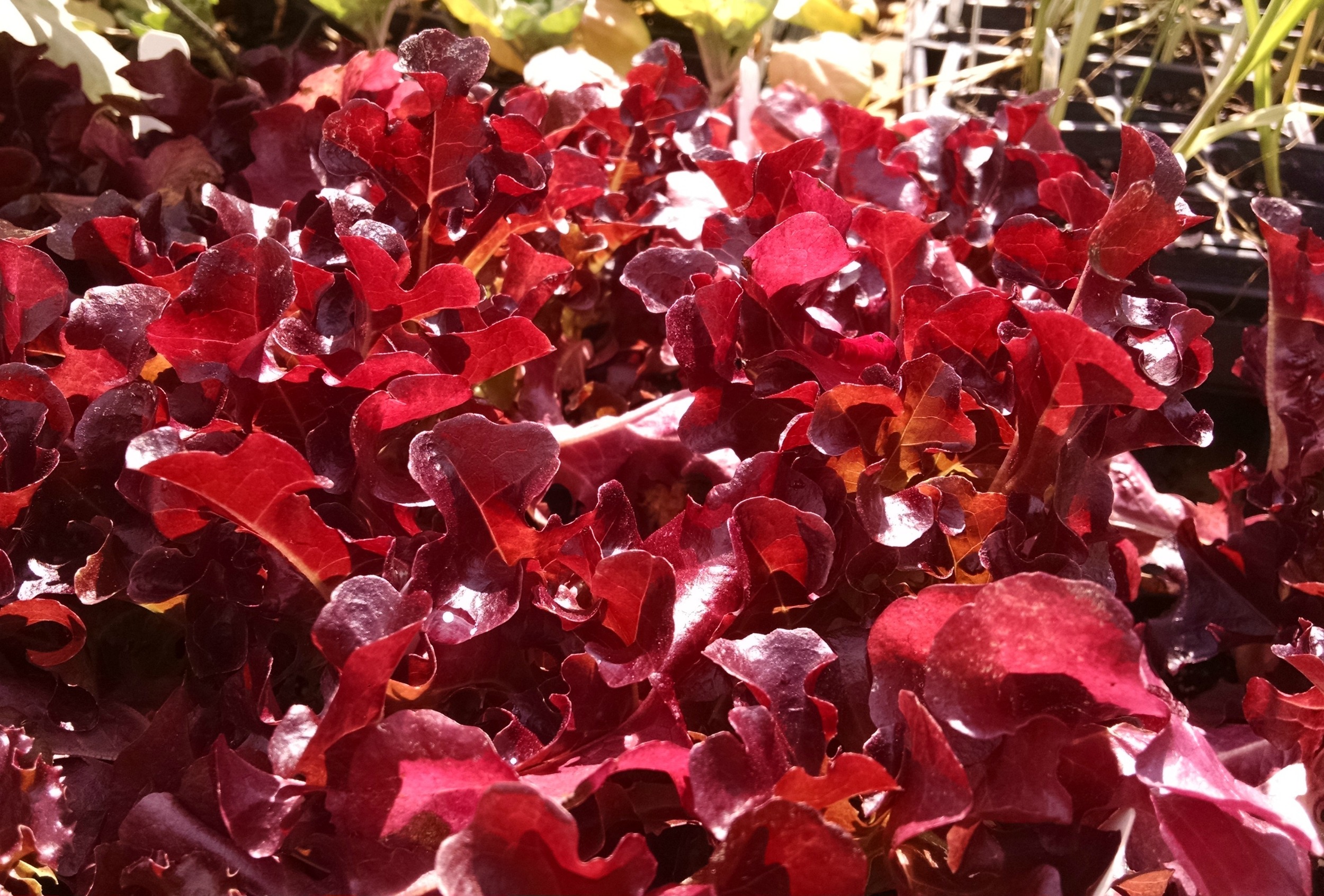Halloween is right around the corner! To most of us, Halloween means costumes, candy, and pumpkins, but did you know that this holiday dates back about 2,000 years? It became popular in the early 1900’s, having been brought to America by Scottish and Irish immigrants. Halloween was first called Samhain, which means “summer’s end” in Gaelic and it marked the Celtic New Year. Ever wondered where some of our Halloween traditions have come from? Here are three explained:
Jack-o’-lanterns: The tradition of carving pumpkins for Halloween has its roots in Celtic folklore. The legend tells of a man named Jack who was unable to get into heaven or hell when he died, and his lost soul was condemned to wander purgatory. He used a lit turnip to light his way and the Celts believed that putting Jack-o’-lanterns outside their homes would help guide lost spirits when they wandered the streets. The Irish people originally carved turnips but had to resort to pumpkins when they came to the United States because turnips were scare here at that time.
Trick or treating: Trick or treating started in the 1930s and became a popular US custom in the 1950s. It’s not entirely clear where the US practice of dressing in costumes stems from, but it was believed in olden times that Halloween marked a time where the barrier between our world and the spirit world was the thinnest. It was thought that ghosts could cross into the world of the living and might disguise themselves as humans and knock on doors asking for food or money. People believed that if you turned them away with nothing, you the spirit could curse or haunt you.
Bobbing for apples: Apples used to be thought of as a sacred fruit that could be used to predict the future. Bobbing for them was a fortune-telling game where it was believed that the first person to get hold of an apple from the water would be the first to marry. If the bobber was able to catch an apple on their first try, it meant that they would get to experience true love. Those who took many tries to obtain an apple would have fickle and unreliable romantic experiences. Another belief was that if a girl put her apple under her pillow on Halloween night, she would get to dream about her future husband.
All of us at Garden Supply Company wish everyone a Happy Halloween! If you need a pumpkin or any decorations, stop by and see us!






































































